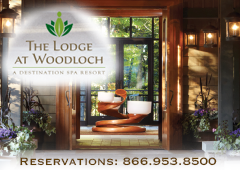HIDDEN GEMS
Discovering Germany’s UNESCO Trail
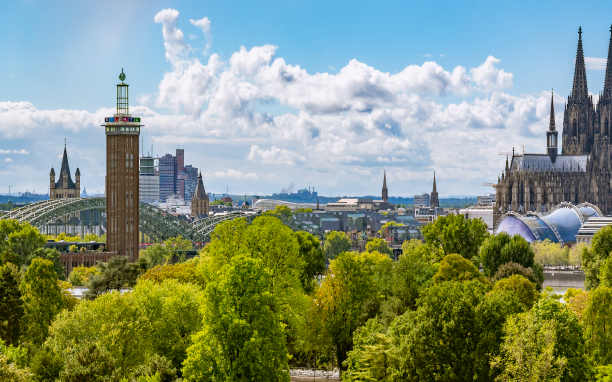
If you’re like me, hearing the words “UNESCO World Heritage Site” makes you want to run straight to see that place. For those are the 1223 “properties” (as they designate them) worldwide that the organization deems the “places on earth that are of outstanding universal value to humanity,” places that “are to be protected for future generations to appreciate and enjoy.”
UNESCO, the United Nations Educational, Scientific, and Cultural Organization, was adopted by the U.N. in 1945, but its designation as a World Heritage Site began in 1972. We think Germany is an ideal place to visit.
GERMANY’S NEWEST UNESCO SITES
As of July 2024, when Deutschland added two new UNESCO properties, the country that is the size of Montana now boasts 54 sites. The two new UNESCO sites are in Saxony (the Hermhuter Brüdergemeine settlements) in the east and Mecklenburg-Vorpommen (the Residence Ensemble Schwerin) in the northeast. The two places celebrate distinctly distinct cultural landmarks.
Discover a lavish palace at the Residence Ensemble Schwerin, constructed in the 1600s and remodeled by a grand duke in the mid-1800s. The palace is surrounded by two lush gardens and a picturesque lake. The huge complex includes a theater, museum, three churches, a hunter’s lodge, stables, and even a steam laundry, making it an intriguing place to spend hours wandering through.
The Hermhuter Brüdergemeine settlements are a completely different experience, as they were one of the original Moravian Church (a Protestant Christian sect) townships, established in 1722. Distinctive architecture, including church and congregation homes, opens up a place created in reaction to the Catholic Church that still has active members today.
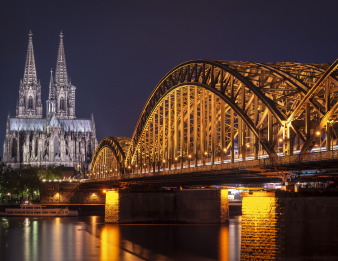
FASCINATING PLACES
Some of our favorite UNESCO sites in Germany are in very familiar places. All of Germany is easily accessible via its high-speed train system, so moving from one place to another is relatively simple (just remember to make seat reservations before boarding). Some are off the beaten path, fascinating spots you may have never heard of before.
Start in Berlin, where the Museum Island (Museumsinsel) encompasses five museums located on Spree Island in the heart of the city. Built in the 1800s, the museums feature everything from famed items of classical antiquity (Nefertiti’s bust is in the Neues Museum) to modern sculptures, paintings, and so much more. Buy the Museum Pass Berlin to enter all five and numerous others around town.
Then consider taking one of German Tourism’s suggested “Routes to UNESCO World Heritage Sites,” their eight curated itineraries that crisscross the country. From Berlin, take the Active Route, which includes stops to see Bauhaus architecture in Dessau, the ancient beech forests in Grumsin, and the palaces and parks of Potsdam along the way.
NEXT STOP FRANKFURT
Choose Frankfurt as a gateway to a host of southern and western World Heritage stops, following your path or another of the designated routes. Don’t miss Cologne Cathedral, that towering Gothic edifice that is steps from the train station. It began in 1248 and finally finished in 1880, and it’s spectacular. Be sure to head up to the tower, where incredible city views await.
Spend a few days in the Upper Middle Rhine Valley, a UNESCO site. It is part of the Family Route and is filled with castles (Marksburg is a medieval gem), ancient fortresses (Ehrenbreitstein), picturesque villages, and plenty of good food and wine.
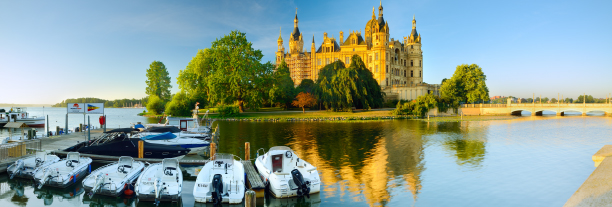
Find more exceptional wine and much of Martin Luther’s legacy in Worms, Speyer, and Mainz, three small cities near Frankfurt that are also known by UNESCO as the ShUM sites for their Jewish communities established there in the 11th century. On the Time Travel Route (which also takes you to Munich), visit ancient synagogues, neighborhoods, and the oldest Jewish cemeteries in Europe
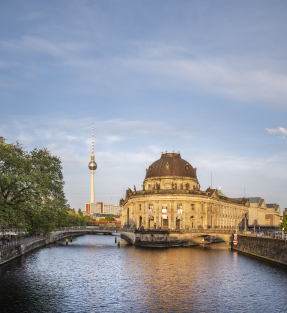
THE INDUSTRIAL CULTURE ROUTE
Take the route from Frankfurt to Essen, the city once the heart of the Krupp manufacturing war machine. Signifying a severe shift of values, Essen was the European Green Capital in 2017 and is the home of the Zollverein Coal Mine Industrial Complex, which sounds a bit dry but is a remarkable place to visit.
Stuttgart, the home of Mercedes-Benz and Porsche and the original automobile city is also on that route. While those famed automobile marques offer factory and museum tours, the UNESCO property there is part of the Le Corbusier designation that spans seven countries. A guided tour of the Weissenhof Estate architecture enclave includes two of his buildings, with others envisioned by Gropius and van de Rohe.
SPA TOWNS
Finish out your UNESCO Germany tour in Baden-Baden, one of the most beautiful Great Spa Towns of Europe, where you can relax, take the waters, get a massage, and wander the gardens, hills, and scenic byways as part of the Wellness Route. It’s a delightful way to close out your first taste of Germany’s UNESCO World Heritage Sites, a place sure to lure you back to another Allemagne visit to explore even more.
For more information about Germany’s numerous UNESCO World Heritage sites and their eight curated itineraries, go to germany.travel/en; for information on UNESCO, visit unesco.org






